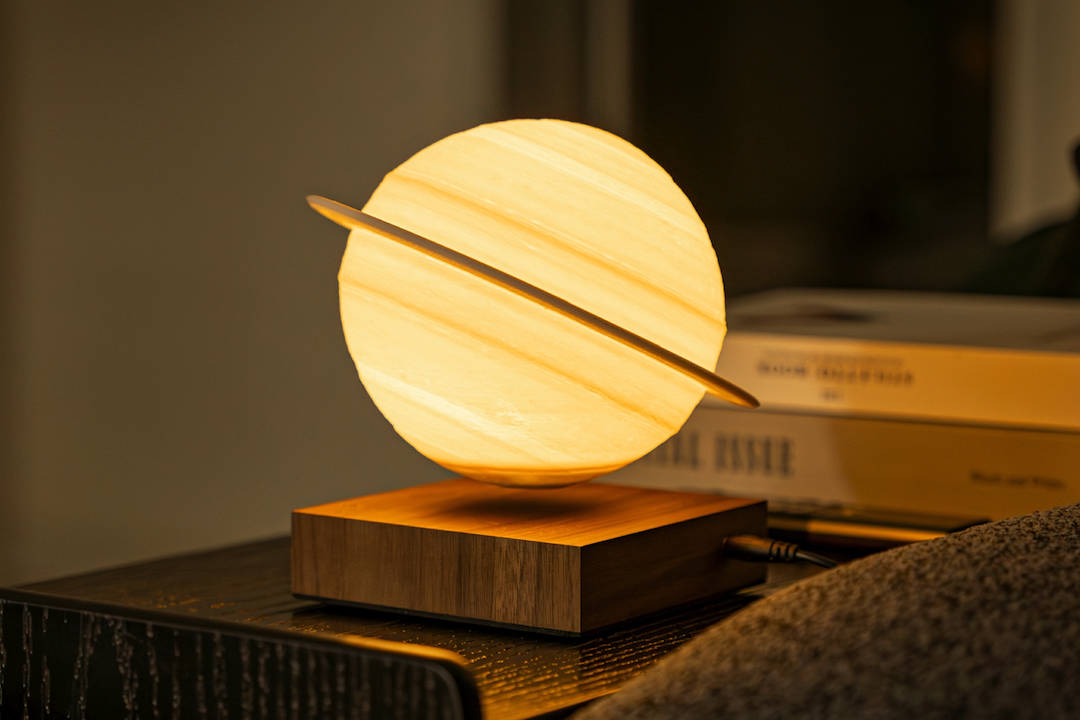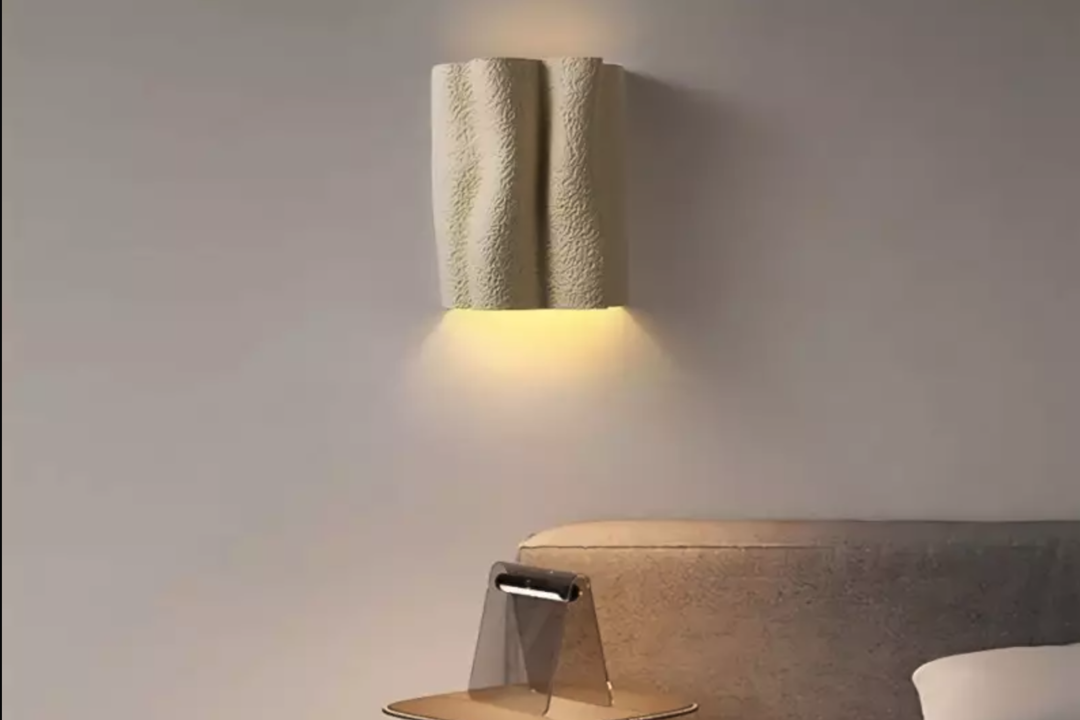The allure of traditional Chinese copper chandeliers lies not only in their aesthetic appeal but also in their rich cultural heritage. These exquisite lighting fixtures serve as a testament to the artistry and craftsmanship that have been passed down through generations. Characterized by intricate designs and a warm, inviting glow, traditional Chinese copper chandeliers are more than mere sources of illumination; they are symbols of status, elegance, and the deep-rooted traditions of Chinese society.
As one steps into a room adorned with such a chandelier, they are often transported to a realm where history and artistry converge, creating an ambiance that is both serene and majestic. In contemporary settings, these chandeliers continue to captivate homeowners and designers alike, bridging the gap between ancient traditions and modern aesthetics. The use of copper, a material that has been revered in Chinese culture for its durability and beauty, adds a layer of sophistication to any space.
Whether in a traditional tea house, a modern restaurant, or a private residence, the presence of a copper chandelier can transform the atmosphere, making it an essential element in interior design. This article delves into the history, significance, craftsmanship, materials, applications, maintenance, modern interpretations, and purchasing options for traditional Chinese copper chandeliers.
History and Significance of Copper Chandeliers in Chinese Culture
The history of copper chandeliers in China can be traced back to ancient dynasties when lighting was not merely functional but also a reflection of social hierarchy and cultural values. During the Tang Dynasty (618-907 AD), the use of elaborate lighting fixtures became increasingly popular among the elite. Chandeliers made from various materials, including wood and metal, were often used in palaces and temples to signify wealth and power.
The introduction of copper as a primary material for chandeliers marked a significant evolution in design and functionality. Copper’s malleability allowed artisans to create intricate patterns and shapes that were not only visually stunning but also symbolically rich. In Chinese culture, light is often associated with prosperity and good fortune.
The presence of a chandelier in a home or public space is believed to attract positive energy (or “qi”) and enhance the overall ambiance. This belief is deeply rooted in Feng Shui principles, which emphasize the importance of harmonious energy flow within an environment. As such, traditional Chinese copper chandeliers are often strategically placed in entryways or dining areas to maximize their impact on both aesthetics and energy flow.
Their significance extends beyond mere decoration; they embody the values of harmony, balance, and respect for tradition that are central to Chinese philosophy.
Design and Craftsmanship of Traditional Chinese Copper Chandeliers
The design of traditional Chinese copper chandeliers is characterized by intricate detailing and symbolic motifs that reflect various aspects of Chinese culture. Artisans often incorporate elements such as dragons, phoenixes, lotus flowers, and other auspicious symbols into their designs. These motifs are not only decorative but also carry deep meanings; for instance, dragons symbolize power and strength, while lotus flowers represent purity and enlightenment.
The careful selection of these symbols ensures that each chandelier tells a unique story, connecting the viewer to the rich tapestry of Chinese mythology and philosophy. Craftsmanship plays a pivotal role in the creation of these chandeliers. Skilled artisans dedicate countless hours to handcrafting each piece, ensuring that every detail is meticulously executed.
The process often begins with the selection of high-quality copper sheets, which are then shaped into various components such as arms, bases, and decorative elements. Techniques such as engraving, embossing, and patination are employed to enhance the visual appeal of the chandelier. The final assembly requires precision and expertise, as each component must fit seamlessly together to create a cohesive whole.
This dedication to craftsmanship not only results in stunning visual pieces but also ensures durability and longevity.
Materials Used in Traditional Chinese Copper Chandeliers
While copper is the primary material used in traditional Chinese chandeliers, it is often combined with other materials to enhance both functionality and aesthetics. For instance, glass is frequently incorporated into designs to diffuse light more effectively and add an element of elegance. The use of colored glass can create mesmerizing effects when illuminated, casting vibrant hues across the surrounding space.
Additionally, crystal accents may be added to enhance the chandelier’s sparkle and grandeur, further elevating its status as a centerpiece. Beyond copper and glass, other materials such as wood and fabric may also be utilized in traditional designs. Wooden elements can provide a warm contrast to the metallic sheen of copper, while fabric shades can soften the light emitted by the chandelier.
These combinations not only contribute to the overall design but also allow for greater versatility in matching different interior styles. The thoughtful selection of materials reflects the artisans’ understanding of balance and harmony—key principles in both design and Chinese philosophy.
Application and Placement of Traditional Chinese Copper Chandeliers
The application of traditional Chinese copper chandeliers extends across various settings, from residential homes to commercial establishments. In private residences, these chandeliers are often found in dining rooms or entryways where they can make a striking impression on guests. Their warm glow creates an inviting atmosphere for family gatherings or formal dinners, enhancing the overall dining experience.
In larger homes or estates, multiple chandeliers may be used to create a cohesive design theme throughout different spaces. In commercial settings such as restaurants or hotels, traditional Chinese copper chandeliers serve not only as functional lighting but also as focal points that enhance the overall ambiance. For example, upscale dining establishments may feature grand chandeliers above dining tables to create an air of sophistication and luxury.
In contrast, smaller cafes may opt for more modest designs that still reflect traditional aesthetics while maintaining a cozy atmosphere. The strategic placement of these chandeliers is crucial; they should be hung at an appropriate height to ensure optimal lighting while also allowing for unobstructed views.
Maintenance and Care of Traditional Chinese Copper Chandeliers
Maintaining traditional Chinese copper chandeliers requires attention to detail to preserve their beauty and functionality over time. Regular cleaning is essential to prevent tarnishing and buildup of dust or grime that can dull their luster. A soft cloth or microfiber duster is typically recommended for routine dusting; however, more thorough cleaning may require specific solutions designed for copper surfaces.
It is important to avoid abrasive materials that could scratch or damage the finish. In addition to cleaning, periodic inspections are necessary to ensure that all components are functioning properly. This includes checking electrical connections and replacing bulbs as needed.
If any decorative elements become loose or damaged over time, they should be repaired or replaced promptly to maintain the chandelier’s integrity. For those who may not feel comfortable performing maintenance tasks themselves, enlisting the help of professional cleaning services specializing in antique or decorative lighting can be beneficial.
Modern Interpretations and Innovations of Traditional Chinese Copper Chandeliers
As design trends evolve, so too do interpretations of traditional Chinese copper chandeliers. Contemporary designers are increasingly blending traditional craftsmanship with modern aesthetics to create innovative lighting solutions that appeal to a broader audience. This fusion often involves simplifying intricate designs while retaining key cultural motifs that honor their heritage.
For instance, minimalist interpretations may feature clean lines and geometric shapes while still incorporating symbolic elements like dragons or lotus flowers. Moreover, advancements in technology have introduced new possibilities for illumination within these chandeliers. LED lighting has become a popular choice due to its energy efficiency and versatility; it allows for adjustable brightness levels while reducing heat output—a significant consideration for larger fixtures.
Some modern designs even incorporate smart technology that enables users to control lighting remotely or adjust color temperatures according to mood or occasion. These innovations not only enhance functionality but also ensure that traditional Chinese copper chandeliers remain relevant in contemporary interior design.
Where to Find and Purchase Traditional Chinese Copper Chandeliers
For those interested in acquiring traditional Chinese copper chandeliers, numerous avenues exist for exploration. Specialty lighting stores often carry a curated selection of these exquisite fixtures, showcasing various styles that reflect different regional influences within China. Additionally, online marketplaces provide access to a wider range of options from artisans around the world; platforms like Etsy feature handmade pieces that emphasize craftsmanship and authenticity.
Antique shops or auctions can also be treasure troves for those seeking unique vintage chandeliers with historical significance. However, it is essential to verify the authenticity and condition of any antique piece before making a purchase. For those who prefer custom designs tailored to specific preferences or spaces, collaborating with artisans who specialize in traditional craftsmanship can yield stunning results that honor both personal style and cultural heritage.
In conclusion, traditional Chinese copper chandeliers represent a harmonious blend of artistry, culture, and functionality that transcends time. Their rich history and significance within Chinese society make them not just decorative elements but also vessels of meaning that connect individuals with their heritage. As modern interpretations continue to evolve alongside technological advancements, these chandeliers remain relevant fixtures that illuminate spaces while celebrating the beauty of tradition.




